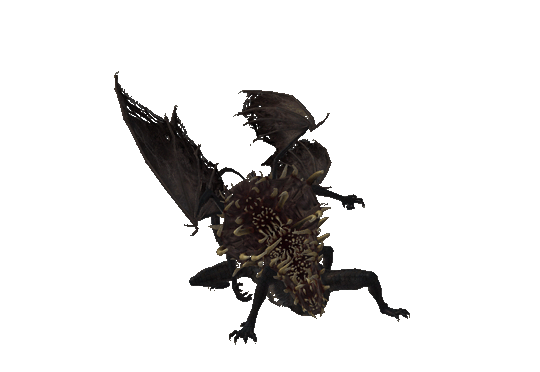Today was my first attempt to create a full model of a character, right of the bat, I am going to say that this was so much harder than a rigid model because you have to model around what the character is going to do down the line. Such as rigging and animation.
This model was done through box animation (starting with a box and extruding out to build and grow), because of that we had to model through using the reference images in a front and side view to eventually create something similar to the images in a 3d spectrum. This is the first step to having the model resemble the reference images. In Maya we are trying to make a box like image of the reference images and then import it to Mudbox to smooth it out.
Unlike last time I was able to pick up on a few tools to help me, changing views and accessing certain tools with the space bar and I have learned the layout of Maya much better than before as well as short keys to certain functions such as W for movement, R for scale and E for rotate (to add to that holding down J while rotating will lock the object in a certain amount so having the object slightly slanted is not much of an issue. A tool that we had to use for this was the x-ray tool, this allowed you to see through the object you were using in the scene this proved imperative while trying to match the model with the reference images. Next, I have also learned how to use the edge loop tool which operates like the connect tool for edges in 3ds max but faster, it is required for the type of modelling because you have to make sure that the model has polygons in less than 4 sides and edges at the points of movement otherwise it will look choppy when it comes to the animation (and remember to save every twenty minutes). Finally I have to remember to set a project and create a project window before you start modeling, this allows better access to other assets for the overall project.

However there was a major issue I ran into, as shown by the image on the left, unlike 3ds max when you use the extrude tool an unlimited amount of times. What that means is that you can accidentally extrude twice at the same time on the same polygon or line. It alters what you wanted to do but without any indication you have done so. This a major problem that I have found considering it will take a while to get used too.
Credit to the images go to Josh Addessi, they are not my original work.







